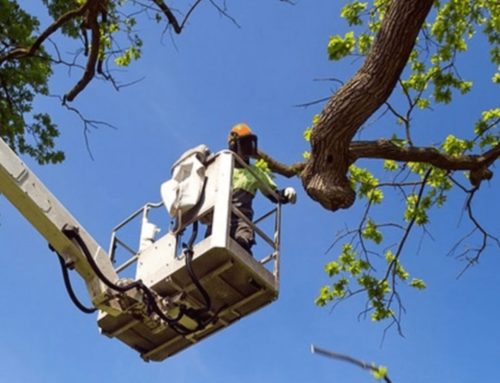If you’re a homeowner or an avid gardener, understanding the basics of tree trimming is essential for maintaining the health and aesthetics of your trees. Tree trimming, also known as pruning, involves selectively removing branches to promote growth, enhance tree structure, and improve overall appearance. In this beginner’s guide to tree trimming, we will explore the key principles and techniques to help you get started.
Before diving into the specifics of tree trimming, it’s important to note that safety should always be a top priority. If you’re dealing with large or tall trees, it’s recommended to hire a professional tree service with the expertise and equipment necessary to perform the task safely.
The first step in tree trimming is identifying the right time to prune. In general, it’s best to trim trees during their dormant season, typically in late winter or early spring. During this time, trees are less susceptible to disease or insect infestation, and their growth is temporarily halted. However, certain species may have different pruning requirements, so it’s always wise to research the specific needs of your tree before starting.
When it comes to the actual trimming process, there are a few key techniques to keep in mind. The first is called crown cleaning, which involves removing dead, dying, or diseased branches. This not only improves the tree’s appearance but also prevents the spread of diseases or pests.
Another technique is crown thinning, which involves selectively removing branches to improve air circulation and reduce the tree’s density. This can be especially beneficial for trees that are densely packed or have branches that are crossing or rubbing against each other.
Crown raising is another common practice, particularly for trees near structures or pathways. It involves removing lower branches to provide clearance and prevent potential hazards. However, it’s important to maintain a balance and not remove too many lower branches, as they contribute to the overall stability and structure of the tree.
When trimming, it’s essential to use the right tools and make clean cuts. Sharp, clean pruning shears or loppers should be used for smaller branches, while pruning saws are suitable for larger ones. It’s important to make cuts just outside the branch collar, the swollen area where the branch meets the trunk, to promote proper healing and minimize the risk of disease or decay.
Lastly, it’s crucial to regularly inspect your trees for signs of damage, disease, or any hazardous conditions. Early detection can prevent further complications and help maintain the health and longevity of your trees.
Tree trimming is an important aspect of tree care that promotes growth, structure, and overall tree health. By understanding the proper techniques, timing, and tools, you can confidently embark on your tree trimming journey. However, when dealing with larger or more complex trees, it’s always advisable to consult a professional tree service to ensure safety and optimal results. Happy trimming!
It is always a good idea to consult with a professional arborist or tree service like Tomorrows Trees. They can help you determine the best pruning schedule based on the specific needs of your trees and your local climate.






